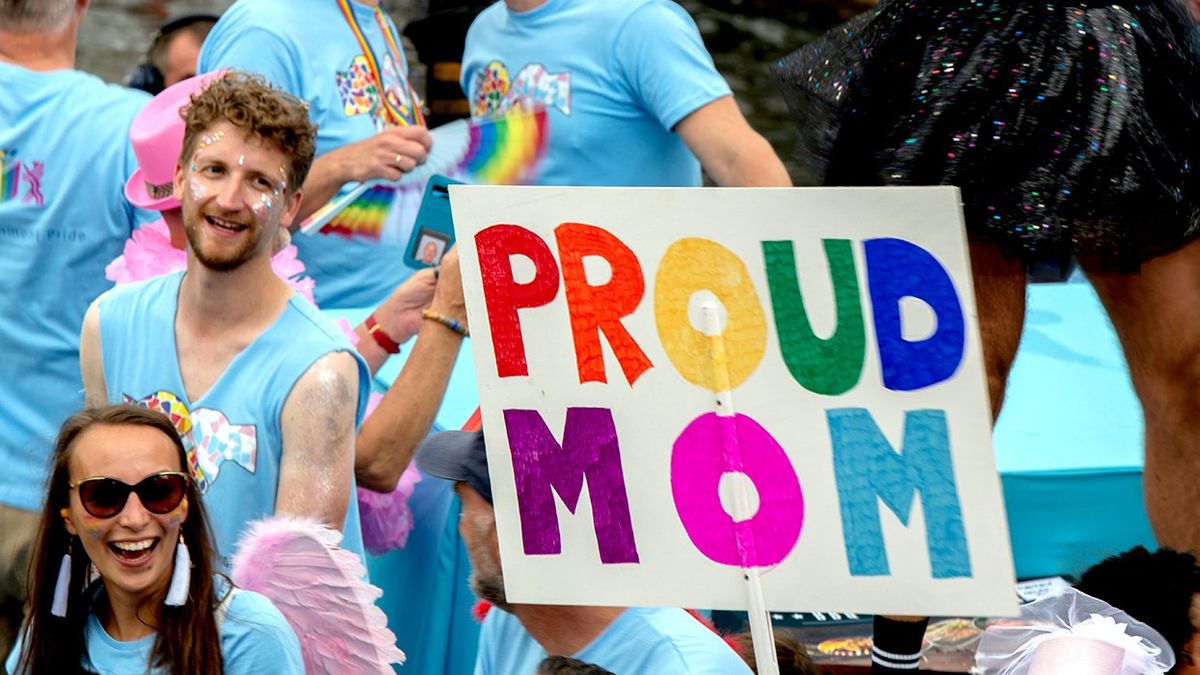All Rights reserved
By continuing to use our site, you agree to our Private Policy and Terms of Use.
The Centers for Disease Control and Prevention just released the results of the Youth Risk Behavior Study that measures results among lesbian, gay, and bisexual high school students. This survey measures a variety of risks, ranging from substance use to seat belt utilization. Most importantly for the Trevor Project, the study identifies the prevalence of suicidal thoughts, plans, behaviors, and attempts.
While the study has previously taken some measurement of the risk behaviors of LGB youth in a few states and large cities, the 2015 data, released today, is unique because it is the first body of knowledge on this topic that depicts a nationally representative sample of LGB youth. Although it is progress that some nonstraight sexualities have been included in this study, we recognize that the wide spectrum of sexualities and gender identities have yet to be studied. More data needs to be collected on transgender youth, as nearly half of young transgender people have seriously thought about taking their lives, and one quarter report having made a suicide attempt.
It is devastating to note in CDC's study that in the last year, 43 percent of LGB students in grades 9-12 seriously considered suicide, 38 percent made a suicide plan, and nearly 30 percent attempted suicide. The CDC has further identified that LGB students are more than four times more likely than their straight peers to have a suicide attempt severe enough to require medical attention. This 2015 study shows that lesbian, gay, and bisexual students are as much as three times more likely to experience physical and sexual dating violence than their heterosexual peers. As the only national accredited suicide prevention and crisis intervention service for LGBTQ youth, the Trevor Project knows that when combined with other risk factors and a lack of support, such violence can put young people at high risk for suicide. These rates are significantly higher than those of heterosexual students, demonstrating the increased attention that needs to focus on these vulnerable populations.
Trending stories
While incredibly informative about prevalence, the study does not report on the causes of these challenges. There are certainly many contributing factors to consider, but it is also very important to note what can be done to foster resilience and safety for LGB youth. Families, schools, and communities must come together to reduce the risk for LGBTQ youth suicide by creating safe environments, helping youth connect to family, peers, and other caring adults who can provide support and links to services. You can take part in improving the lives of 1.3 million high school students who report being LGBTQ by showing them that you care about their mental health:
- Connect youth to Trevor's crisis services. We save young lives 24/7 at (866) 488-7386; TrevorChat.org is available 3-9 p.m. Eastern and noon-6 p.m. Pacific daily, and youth can text Trevor to (202) 304-1200 Thursday and Friday 4-8 p.m. Eastern and 1-5 p.m. Pacific. Young people can also find friends on our online safe supportive community TrevorSpace.org as well as resources at our Support Center.
- Create classrooms of peers who are better equipped to help through acceptance and support with Lifeguard, Trevor's free online suicide prevention and crisis intervention education program for middle and high school students.
- Advocate for the adoption of comprehensive, inclusive suicide prevention policies in school districts around the country and encourage the use of our Model School Policy, which can help school districts draft suicide prevention, intervention, and postvention policies based on their specific needs.
Help create a brighter future for LGBTQ youth by showing them that despite discrimination, violence, and victimization, LGBTQ youth can thrive, they matter, and they deserve support. More resources available at TheTrevorProject.org.
ABBE LAND is the executive director and CEO of the Trevor Project.


















































































